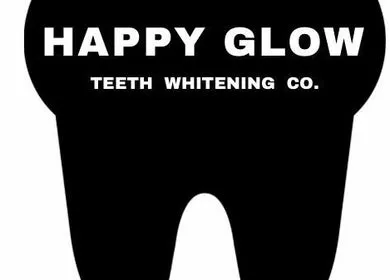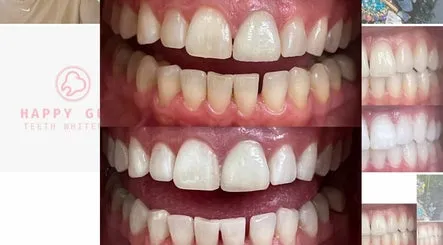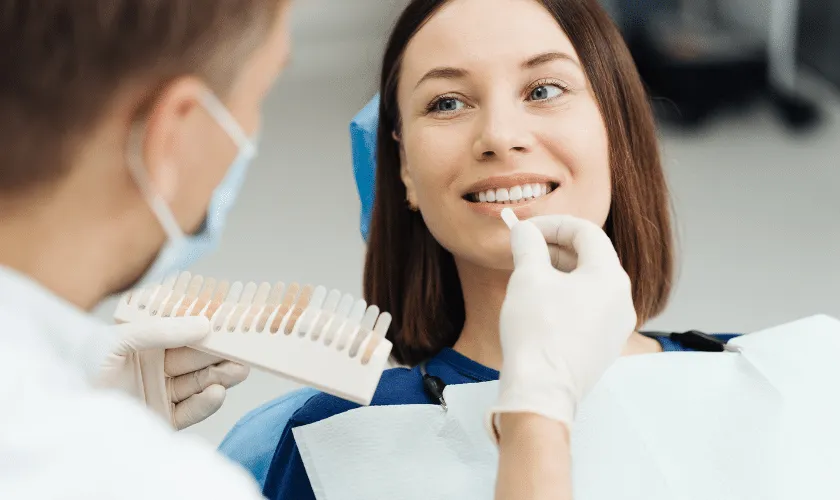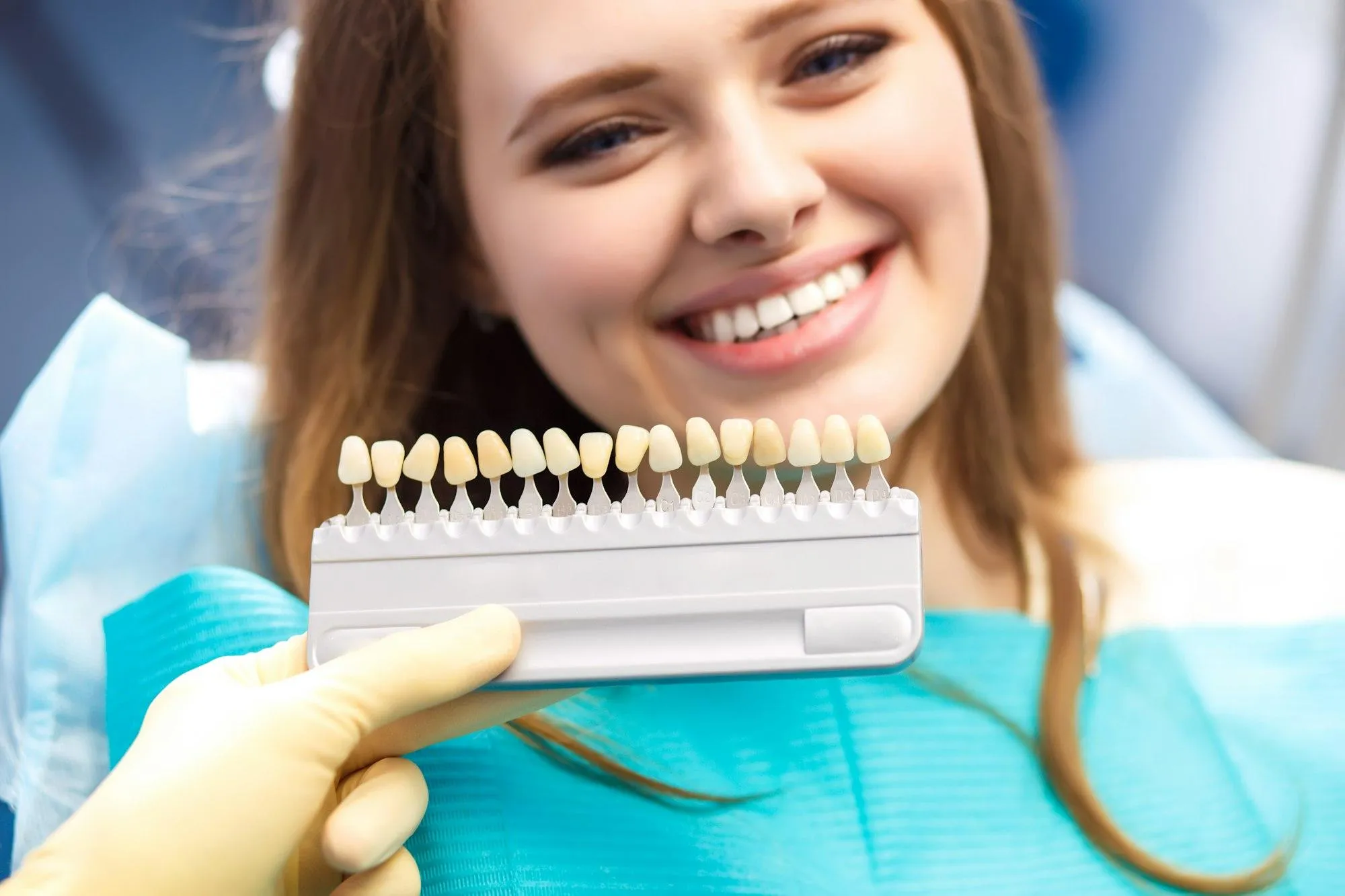Understanding Teeth Whitening in Orem
If you’re seeking a brighter, more confident smile, teeth whitening in Orem offers a range of options to suit your needs and budget. Teeth whitening, also known as bleaching, is a popular cosmetic dental procedure designed to lighten the color of your teeth and remove stains and discoloration. Whether you’re looking to erase years of coffee stains or simply enhance your natural smile, understanding the fundamentals of teeth whitening in Orem is the first step toward achieving your desired results. The effectiveness of the treatment and its suitability for you will depend on the type and severity of the discoloration, as well as your overall oral health. Consulting with a qualified dentist in Orem is crucial to determine the best approach for your specific situation and to ensure the safety and long-term health of your teeth.
What Causes Tooth Discoloration?
Tooth discoloration can stem from a variety of factors, both internal and external. Extrinsic stains affect the enamel surface and are often caused by the consumption of staining foods and drinks like coffee, tea, red wine, and certain fruits. Smoking and chewing tobacco are also significant contributors to surface stains. Intrinsic stains, on the other hand, originate from within the tooth structure. These can be caused by trauma, aging, certain medications (like tetracycline), excessive fluoride exposure during tooth development, or even genetic factors. Understanding the root cause of your discoloration is important because it affects the choice of whitening method. For instance, extrinsic stains may respond well to over-the-counter whitening products, while intrinsic stains may require professional intervention.
The Impact of Diet and Habits

Your daily habits and dietary choices play a significant role in the color of your teeth. Regular consumption of dark-colored beverages like coffee, tea, and cola can gradually stain your teeth. Likewise, red wine, berries, and highly pigmented sauces contribute to discoloration. Smoking and chewing tobacco introduce nicotine and tar, which stain teeth and damage oral health. Acidic foods and drinks, such as citrus fruits and sodas, can erode enamel, making teeth more susceptible to staining. While eliminating these substances entirely may not be realistic, moderating your intake and practicing good oral hygiene can help mitigate their effects. After consuming staining foods or drinks, rinsing your mouth with water can also help minimize staining.
Secret 1 Professional Whitening Options
Professional teeth whitening in Orem offers the most effective and dramatic results. Dentists use higher concentrations of bleaching agents than those found in over-the-counter products, leading to significant whitening in a single session. Professional treatments are also safer, as they are administered under the supervision of a dental professional who can monitor the process and address any sensitivity issues. These treatments are customized to your needs, and your dentist will consider your specific type of discoloration, existing dental work, and desired outcome. If you’re looking for a significant transformation, professional whitening is often the best choice.
In-Office Whitening Procedures
In-office whitening, also known as chairside bleaching, is performed in your dentist’s office and offers the most rapid results. The procedure typically involves the application of a high-concentration hydrogen peroxide gel to the teeth. A special light or laser may be used to accelerate the whitening process. The dentist will carefully protect your gums and soft tissues throughout the procedure to minimize any irritation. In-office whitening can lighten teeth several shades in a single appointment. This is a popular choice for those seeking immediate results or preparing for a special event.
Take-Home Whitening Kits

Take-home whitening kits provided by your Orem dentist offer a convenient and more gradual approach to teeth whitening. These kits typically include custom-fitted trays and a lower-concentration bleaching gel. Your dentist will take impressions of your teeth to create the trays, ensuring a precise fit and optimal contact with the whitening agent. You’ll wear the trays with the gel for a specified amount of time each day or night, as directed by your dentist. Take-home kits offer a more controlled whitening process and are often a great option for maintaining the results of an in-office treatment or for patients with sensitive teeth.
Secret 2 Effective Over-the-Counter Products
If you’re looking for a more budget-friendly and accessible option, over-the-counter (OTC) teeth whitening products can be a good starting point. While these products generally contain lower concentrations of bleaching agents than professional treatments, they can still provide noticeable results, especially for surface stains. However, it’s important to manage expectations, and the results may take longer to achieve. Always follow the product instructions carefully, and consult with your dentist if you have any concerns or experience sensitivity.
Whitening Toothpastes and Mouthwashes
Whitening toothpastes and mouthwashes are widely available and can help remove surface stains. They often contain mild abrasives or chemicals that polish the teeth and remove surface stains. Whitening toothpastes generally do not contain bleaching agents, so they can’t actually change the color of your teeth, although they can make them appear brighter by removing stains. Some whitening mouthwashes also contain bleaching agents in a lower concentration. Using these products consistently as part of your daily oral hygiene routine can help maintain a brighter smile, but they are generally less effective than other whitening methods.
Whitening Strips and Gels

Whitening strips and gels are another popular OTC option. These products typically contain a peroxide-based bleaching agent and are applied directly to the teeth. Whitening strips are thin, flexible strips coated with the whitening agent, while gels are applied using a tray or a brush. These products are generally more effective than whitening toothpastes and mouthwashes, as they contain a higher concentration of the whitening agent. However, the concentration is still lower than in professional treatments. Always follow the product instructions carefully, and be mindful of any potential sensitivity.
Secret 3 The Importance of Proper Oral Hygiene
Regardless of the whitening method you choose, maintaining excellent oral hygiene is crucial for a healthy, bright smile. Proper oral hygiene not only helps to maintain the results of your whitening treatment but also prevents new stains from forming and keeps your teeth and gums healthy. A consistent oral hygiene routine, combined with regular dental check-ups, is fundamental to achieving and sustaining a dazzling smile. Without it, the results of any whitening procedure will be short-lived.
Brushing Techniques for Whiter Teeth
Effective brushing is the cornerstone of good oral hygiene and can help remove surface stains before they can set in. Use a soft-bristled toothbrush and gently brush your teeth for at least two minutes, twice a day. Focus on cleaning all surfaces of your teeth, including the front, back, and chewing surfaces. Use a circular motion and apply gentle pressure to avoid damaging your gums and enamel. Consider using an electric toothbrush, as it can make it easier to achieve a thorough cleaning. Replace your toothbrush every three months or sooner if the bristles become frayed. A good technique can make a noticeable difference in the brightness of your teeth.
Flossing and Its Role

Flossing is an essential part of your oral hygiene routine that is often overlooked. Flossing removes plaque and food particles from between your teeth and along the gumline, areas that your toothbrush can’t reach. This helps prevent cavities, gum disease, and bad breath. Flossing also removes surface stains from between your teeth. Floss at least once a day, gently guiding the floss between each tooth and along the gumline. A clean mouth is the foundation of a bright, healthy smile.
Secret 4 Dietary Adjustments for a Brighter Smile
What you eat and drink significantly impacts your teeth’s brightness. While you don’t need to deprive yourself of all your favorite foods, making mindful dietary adjustments can play a role in maintaining a dazzling smile after teeth whitening. By minimizing the consumption of stain-causing foods and drinks, you can extend the life of your whitening results and keep your teeth looking their best. Furthermore, prioritizing foods that promote oral health can contribute to a naturally brighter and healthier smile.
Foods and Drinks to Avoid
To minimize staining, limit your intake of coffee, tea, red wine, dark sodas, and fruit juices. These beverages contain pigments that can readily stain the enamel. Additionally, be cautious of highly pigmented foods such as berries, beets, and soy sauce. Smoking and chewing tobacco should be avoided as they are major contributors to tooth discoloration. If you can’t resist these foods and drinks, rinsing your mouth with water or brushing your teeth soon after consuming them can help minimize staining.
Foods and Drinks to Embrace

Incorporate foods that promote oral health and naturally contribute to a brighter smile. Crunchy fruits and vegetables like apples, carrots, and celery can help scrub away surface stains. Dairy products like milk, yogurt, and cheese contain calcium, which strengthens enamel. Drinking plenty of water helps to keep your mouth clean and washes away food particles and bacteria. These foods and drinks are not only beneficial for your teeth’s appearance, but also contribute to your overall health and well-being.
Secret 5 Maintaining Your Results Long Term
Once you’ve achieved your desired level of whiteness through teeth whitening in Orem, it’s important to take steps to maintain your results. This involves a combination of good oral hygiene, mindful dietary choices, and regular dental check-ups and cleanings. While teeth whitening can provide a significant boost to your smile, it’s a process that requires continuous care to ensure long-lasting effects. Consistency and diligence in your approach will help keep your smile dazzling for years to come.
Regular Dental Check-ups and Cleanings
Regular dental check-ups and cleanings are essential for maintaining the results of your teeth whitening. Your dentist can identify and address any potential oral health issues early on. Professional cleanings remove plaque, tartar, and surface stains, which can help keep your teeth looking bright. Your dentist can also provide personalized advice on how to maintain your results, including recommending specific products or treatments. Aim to visit your dentist for check-ups and cleanings at least twice a year or as recommended by your dentist. These visits are a fundamental component of keeping your smile bright and your mouth healthy.
Tips for Continued Whitening

To further maintain and enhance your results, consider these tips. Use a whitening toothpaste or mouthwash to help remove surface stains. Avoid or minimize your intake of stain-causing foods and drinks. If you consume these items, brush your teeth or rinse your mouth with water afterward. Consider periodic touch-up treatments with a take-home whitening kit or a professional whitening session, as recommended by your dentist. Avoiding tobacco products is also critical. Follow your dentist’s recommendations and maintain a consistent oral hygiene routine. By incorporating these practices, you can enjoy a brighter, more confident smile for a long time.
